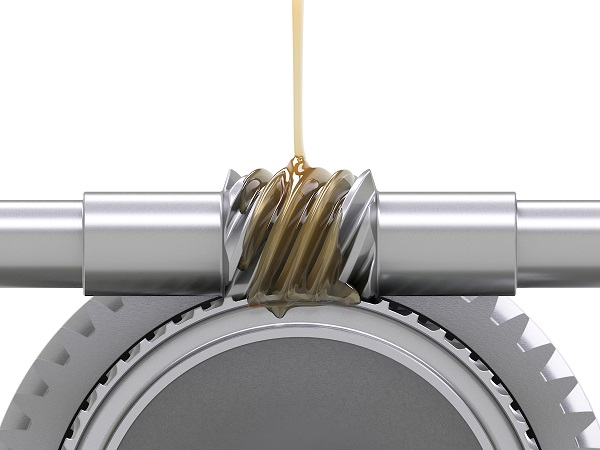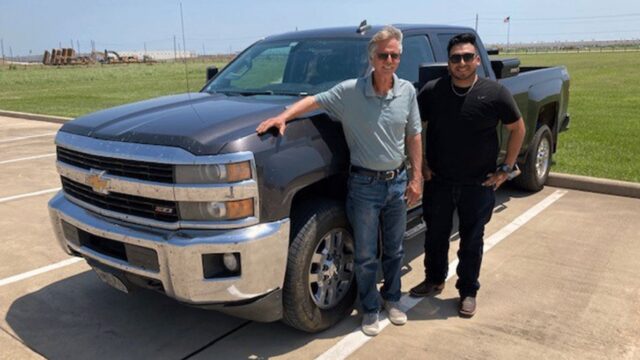Basic Fluid Lubrication and Protection Fundamentals Different methods of lubrication protect machines from wear. _by David Hilgendorf The primary function of fluid lubrication is to provide a durable film that protects moving parts by reducing friction and wear between surfaces; however, the level of protection provided is enabled by different methods of lubrication: The reduction […]
You are browsing archives for
Tag: fluid
Texas Heat Proof AMSOIL Gives Transmissi...
AMSOIL Synthetic Transmission Fluid Tames Texas Heat Not even a “spot” of sludge in the pan or on the filter despite extreme heat & heavy towing. by John Baker | December 2022 Customer Bryan Bayles, out of Katy, Texas, saw a need while working as a groundwater sampler and turned it into a successful business. […]
How Often Should I Change Front or Rear ...
When to change differential fluids John Baker|Nov 08, 2017 10:09 AM It depends on your vehicle, driving conditions and differential fluid quality. That’s a pretty vague answer, but it’s true. If you drive your truck primarily on the highway in temperate conditions and rarely tow or haul, you likely don’t need to change front […]
Lubricant Viscosity Explained
Lubricant Viscosity Explained Ed Newman|May 24, 2017 8:30 AM A lubricant’s viscosity and how it changes under different temperatures and operating conditions is one of the most important properties that determines lubricant performance and protection. Viscosity can be viewed in two ways: • Kinematic viscosity • Dynamic (or absolute) viscosity Kinematic viscosity is defined by […]



